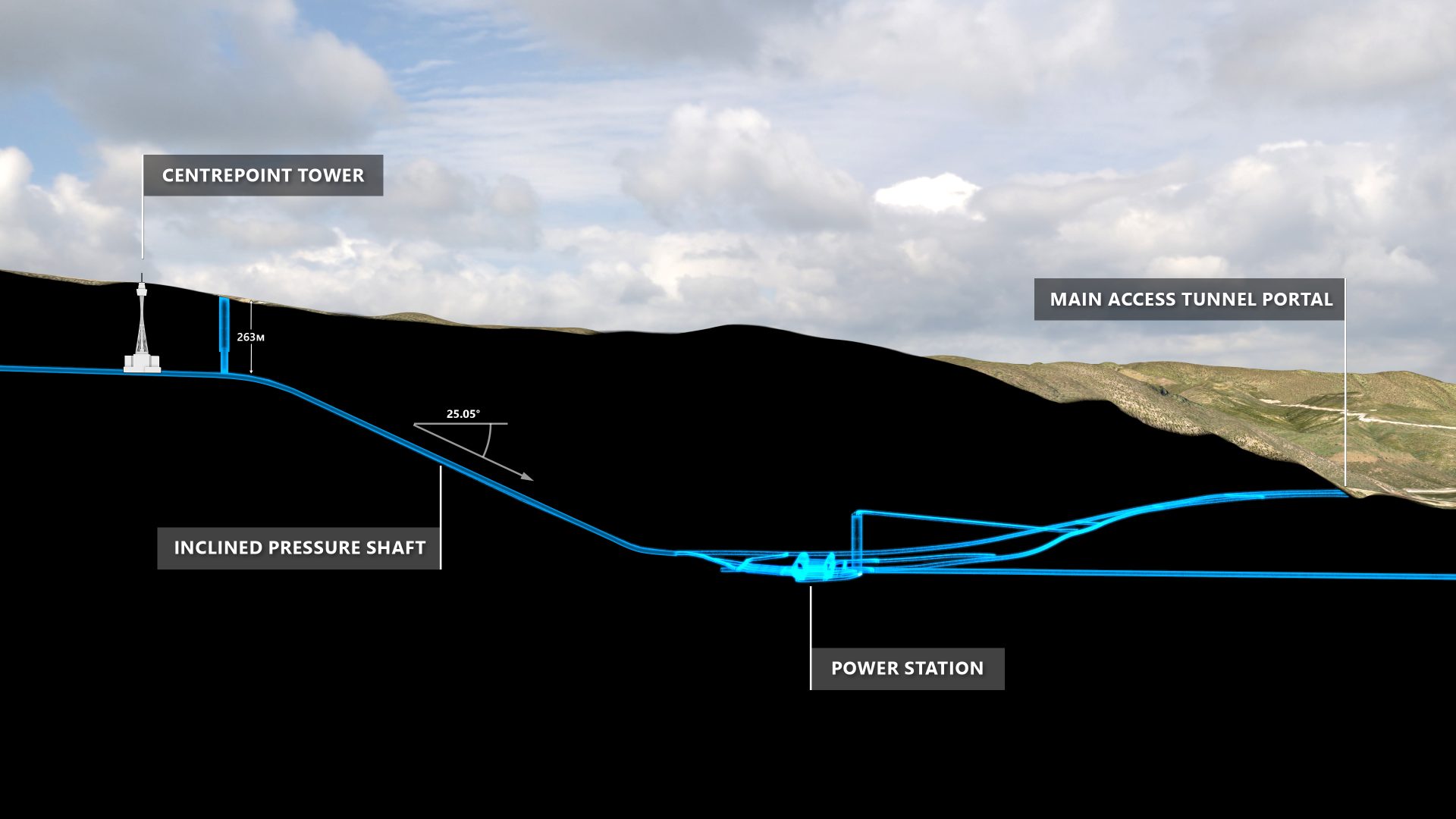Development of Snowy Hydro’s fourth fast-start, on-demand gas power station, the Hunter Power Project (HPP), is entering its final phase.
Snowy Hydro’s investment in the HPP will play an important role as coal plants close. With 660MW of available dispatchable capacity, supported by 34 hours of onsite fuel storage from 70 terajoules (TJ) of gas and 3.6 million litres of diesel, HPP will be capable of enabling approximately 2 gigawatts (GW) of new renewable capacity*.
Gas-powered electricity generation will remain critical to enabling Australia’s renewable energy transition and meeting peak demand in what is a highly seasonal market. As more renewables come online, the fast-deployment capability of gas will be essential to ensuring power is still available to homes and businesses when wind and sunlight is not.
Since the reset of HPP in August 2023, there has been significant construction progress, with completion of all major civil works onsite and installation and alignment of critical turbine and generator parts.
Power Islands
The Power Islands house the gas turbines and generators that produce electricity. Connecting the major electrical components is expected to be finalised by September 2024.
Balance of Plant
Balance of Plant are the systems that provide essential support systems to the Power Islands, such as diesel, water, fire systems, and air. Key milestones include the completion of four large tanks and the start of diesel system testing.
Kurri North Switching Station (KNSS)
Built by Snowy Hydro, the KNSS will be owned and managed by Ausgrid and will supply electricity generated by HPP to the NSW grid when needed. The station’s main electrical components are now installed, with handover to Ausgrid imminent.
Since June 2024 an additional 12 apprenticeship positions have been established in trades such as electrical, mechanical and boilermaker. With a peak workforce of approximately 600 (including 60% from the local area), HPP continues to contribute to skills development and job readiness in the Hunter region.
Extended periods of inclement weather over the past year have impacted the project’s schedule. In order for HPP to be producing some power for the electricity network as soon as possible, we have prioritised schedule, which will impact the final cost.
HPP is due to come online in December 2024, with the start of its testing and commissioning phase of one of its two generators on diesel fuel. When operating on diesel each unit is capable of generating 283MW. This is the quickest path to ensuring HPP is available to provide power to the electricity network, which will occur as soon as possible after testing is complete. We will sequence the commissioning of the second unit and the introduction of gas. We expect HPP to be fully operational, with both generators able to operate on both fuels, in the few months following the start of testing.
The exact timing of each of the phases during this period will depend on how commissioning of each stage goes.
When HPP is in full operation it will operate on gas for the vast majority of the time, with diesel only used as a back-up fuel.
[Ends]
*Snowy Hydro, Sustainability Report 2023 (page 19)

